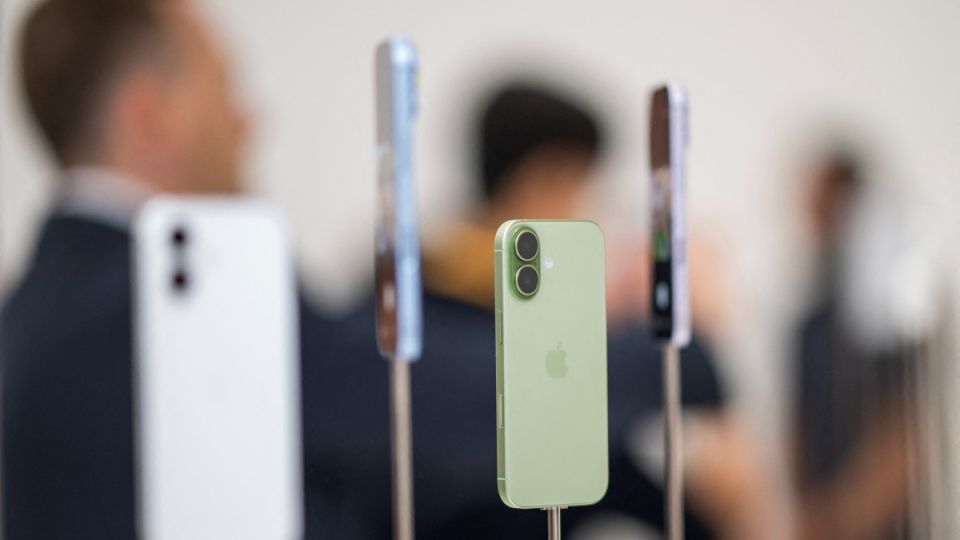September 15, 2025
SEOUL – Despite growing concerns over tariff-driven cost burdens, Apple’s unexpected decision to retain the pricing of its newly introduced iPhone 17 lineup is drawing renewed focus on the earnings outlook of South Korean smartphone component manufacturers.
According to industry sources on Sunday, Apple has opted to keep the starting prices of the iPhone 17 series largely in line with its previous models, defying earlier expectations of a $50 to $60 increase in response to US-imposed tariffs.
The move is sparking both optimism and caution across the market. While some analysts view Apple’s pricing as a testament to the brand’s confidence in global demand, others warn the burden of cost absorption could cascade down to suppliers — many of whom are based in Korea.
Before the announcement, market consensus pointed toward a price adjustment, especially as Apple had projected tariff-related expenses to reach $800 million in the third quarter and $1.1 billion in the fourth quarter.
Nevertheless, the iPhone 17 series launched with base pricing of $799 for the standard model, $1,099 for the Pro and $1,199 for the Pro Max — all reflecting the 256-gigabyte configuration. Notably, the 128GB tier has been phased out, with the 256GB variant now serving as the entry-level option at unchanged prices.
This pricing strategy, unveiled against a backdrop of elevated tariffs and global macroeconomic headwinds, highlights Apple’s emphasis on market competitiveness and reflects internal cost control measures — some of which could reshape the dynamics for Korean component suppliers.
Foxconn, Apple’s principal manufacturing partner, has reportedly revised its iPhone 17 production target to 90 million units annually, slightly above the estimated 89 million for the iPhone 16. A substantial portion of this volume is expected to be manufactured in India, in line with Apple’s broader strategy of diversifying its supply chain geographically.
This production uptick is likely to reverberate throughout Apple’s component ecosystem, particularly benefiting Korean firms such as LG Display and LG Innotek. LG Display is a key supplier of low-temperature polycrystalline oxide organic light-emitting diode panels, while LG Innotek is widely regarded as the main provider of folded zoom camera modules for premium iPhone models.
“The weak earnings seen in the second quarter for Korean component-makers were largely due to inflationary cost pressures and intensifying global competition,” said an analyst at a local securities firm who requested anonymity.
“But with Apple maintaining stable shipment volumes and pushing advanced camera features, these companies could see stronger top-line contributions as the year progresses,” he said.
Others remain less enthusiastic. Han Chang-wook, executive vice president at UBI Research, said, “Unless additional tariff measures are introduced, the pricing strategy alone is unlikely to bring about a major shift for Korean suppliers. Even if Apple’s sales volumes grow, the impact on parts manufacturers may remain limited.”
Attention is also turning to Apple’s rumored foray into foldable smartphones, with some analysts anticipating a launch as early as next year. Such a development could open new revenue streams for niche players in Korea’s component sector.
“Apple’s evolving hardware road map could be advantageous for local firms such as Fine Technix and Innox Advanced Materials, which specialize in hinges and protective films, respectively,” said Cho Hyun-ji, analyst at DB Financial Investment.
“Apple has traditionally taken a cautious path — entering mature segments with thoroughly refined products rather than being first to market. The rumored iPhone Air, for example, illustrates Apple’s engineering priorities, particularly its focus on overcoming barriers like battery miniaturization and thermal regulation, which are critical in the foldables category,” she added.


